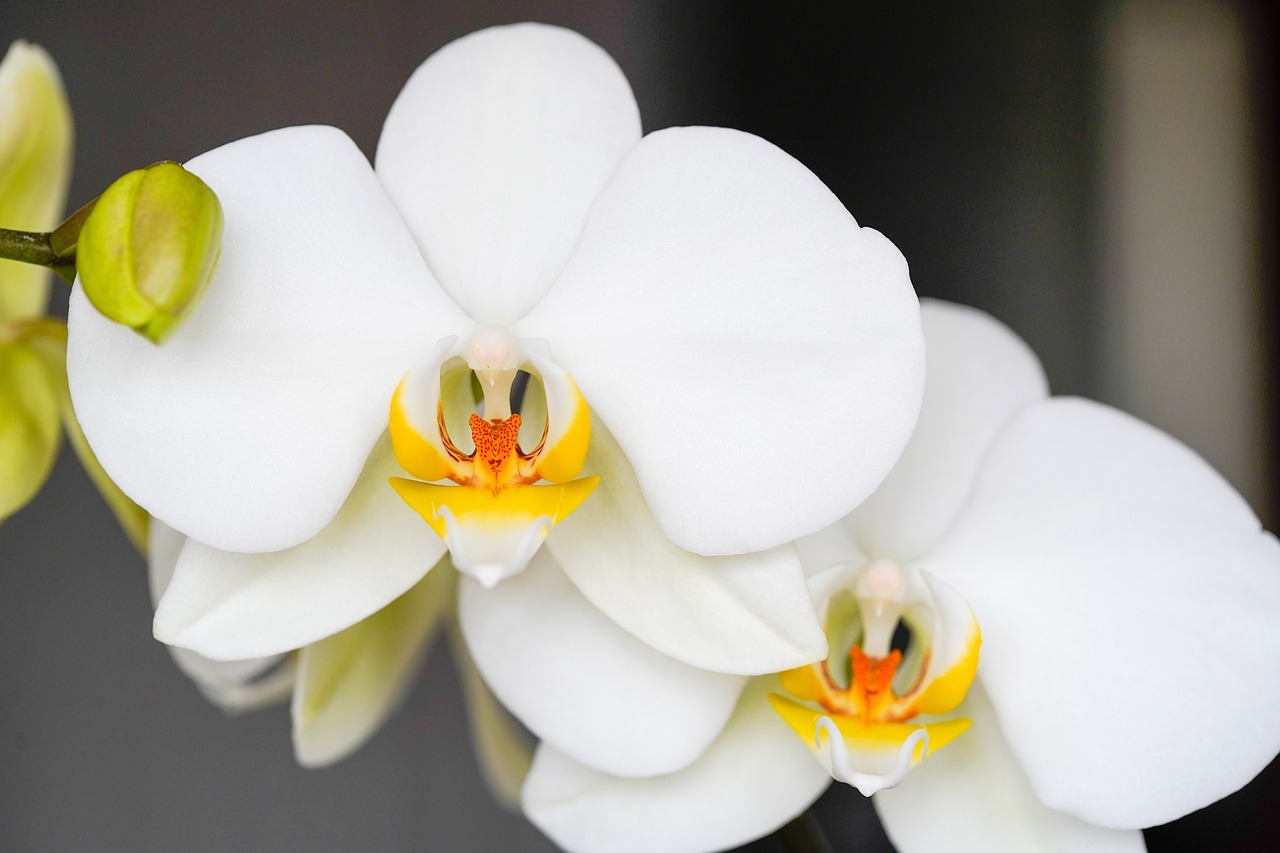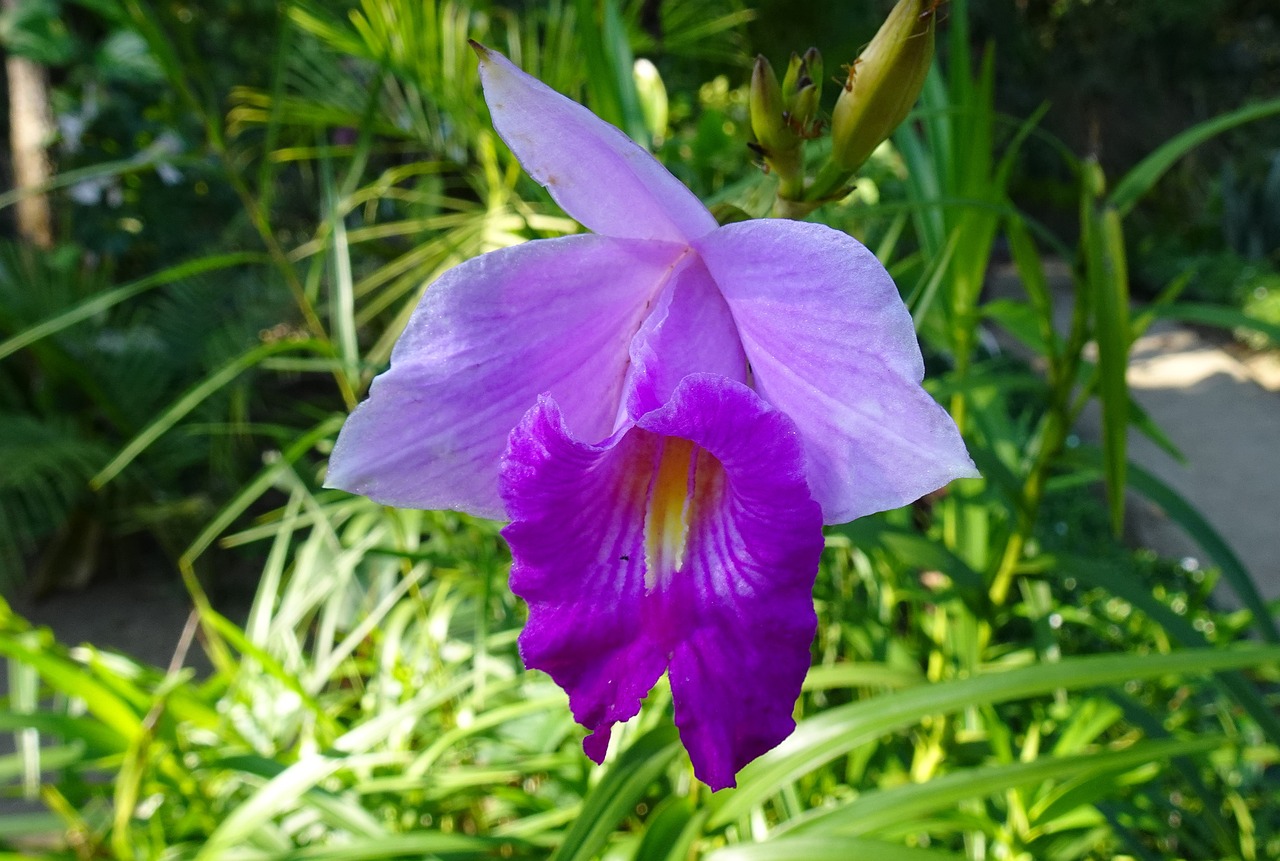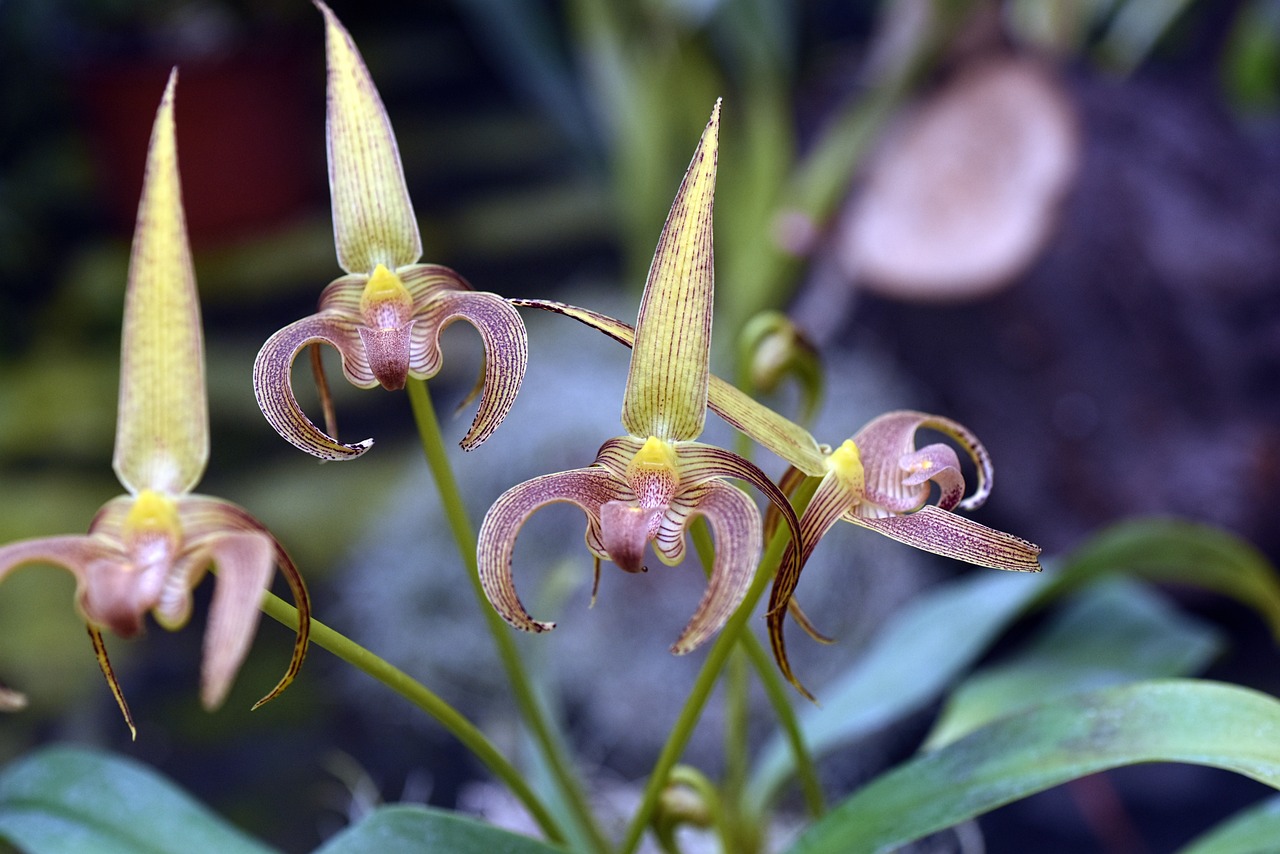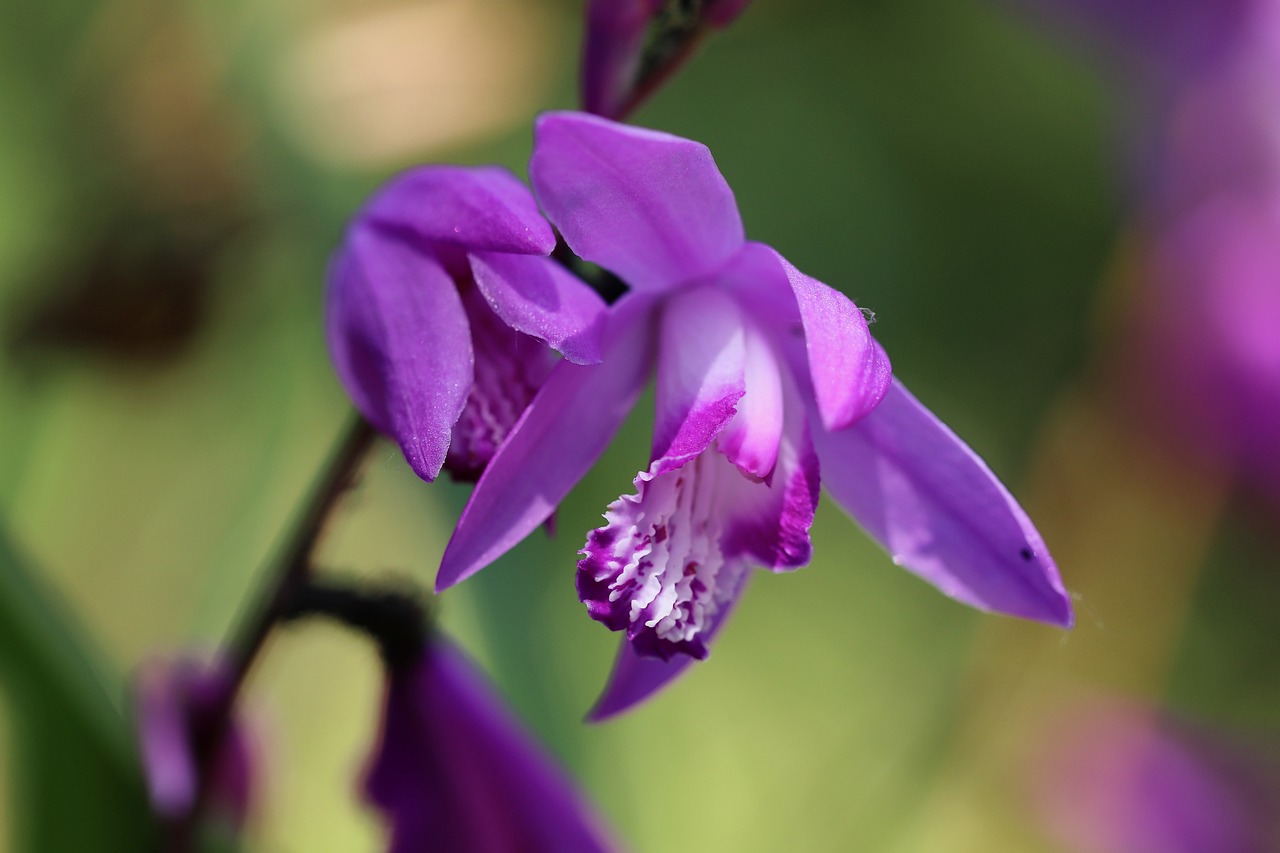Cattleya: Features and Care
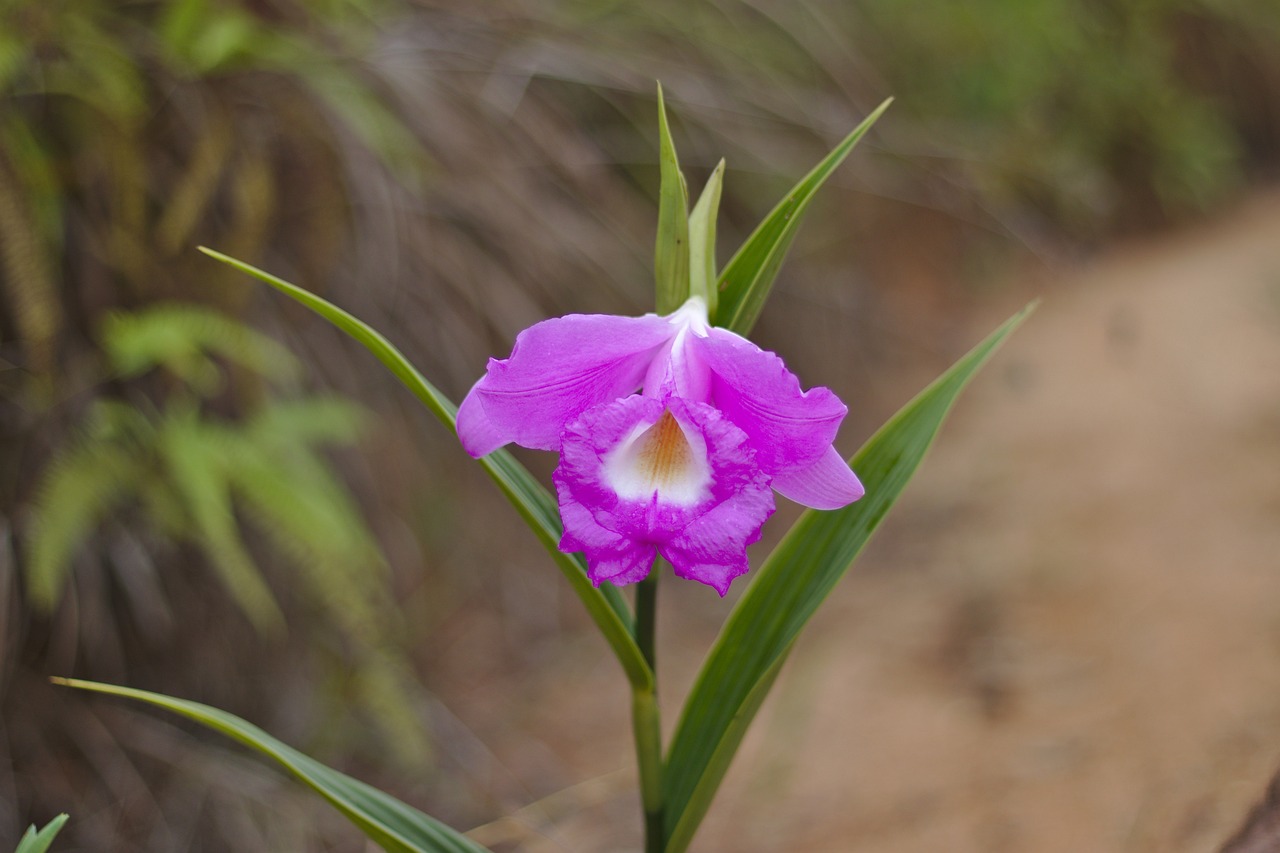
Cattleya, known as the “Queen of Orchids,” is a type of orchid that produces elegant and luxurious blooms. Due to its beauty, it is highly valued as a gift and ornamental plant, enjoying immense popularity among flower enthusiasts.
This article provides detailed insights into Cattleya’s basic information, cultural and historical significance, and care tips.
Basic Information
- Scientific Name: Cattleya spp.
- Family: Orchidaceae
- Origin: Central and South America (Tropical regions)
- Appearance: Cattleya is distinguished by its vibrant colors and intricate flower shapes. The flowers come in a wide variety of sizes, colors, and shapes, including pink, purple, white, yellow, and orange. The petals have a silky texture, and the lip (labellum) is often ruffled, adding to its grandeur.
- Blooming Season: Depending on the species or hybrid, Cattleya typically blooms from spring to autumn. With proper care, the flowers can be enjoyed for an extended period.
Cultural Significance Around the World

Cattleya is cherished worldwide as a symbol of beauty due to its stunning appearance. In Western countries, particularly since the 19th century, it has been closely associated with aristocratic and social culture. In Britain and France, Cattleya flowers were used to adorn women’s dresses and hair as “corsages,” playing a crucial role in social gatherings and decor.
In Central and South America, where Cattleya originates, it represents the natural beauty of tropical rainforests and is even designated as the national flower in some countries. For example, a species of Cattleya is the national flower of Colombia, symbolizing its cultural pride. In Asia, Cattleya is considered a “noble flower” and is commonly used in weddings and significant ceremonies.
Historical Episodes
The name “Cattleya” comes from William Cattley, a 19th-century British botanist. He successfully cultivated and bloomed a species of orchid brought from Central America, which led to its recognition in Europe.
During the late 19th and early 20th centuries, Europe experienced an “orchid boom,” and Cattleya became a symbol of greenhouse cultivation. Particularly in Victorian England, orchid collecting was a popular pastime among the upper class, and Cattleya was one of the most prized species.
Cattleya was introduced to Japan during the Meiji period and quickly gained popularity as an ornamental plant. Over time, numerous hybrid varieties have been developed and are now widely cultivated both in Japan and globally.
Gardening Advice

Cattleya rewards careful attention with stunning blooms. By providing the right environment, you can enjoy its beauty for a long time. Here are some essential care tips:
Sunlight
Cattleya prefers bright, indirect light but should be protected from direct sunlight. Use shade cloth or place it near a window with sheer curtains.
Watering
During the growing season (spring to autumn), water thoroughly when the surface of the medium dries out. In winter, reduce watering and keep the plant slightly drier.
Humidity
Maintain humidity levels between 50% and 70%. If the air is too dry, mist around the plant or place a water-filled tray nearby to increase humidity.
Soil
Use bark or sphagnum moss specifically for orchids. Ensure good drainage to prevent root rot.
Fertilizer
Apply a diluted liquid fertilizer every two weeks during the growing season. Use a phosphorus-rich fertilizer during the flowering period to promote blooms.
Temperature
Keep daytime temperatures between 20–25°C (68–77°F) and nighttime temperatures above 15°C (59°F). In winter, maintain a minimum of 10°C (50°F).
Repotting
Repot every 2–3 years when the roots outgrow the pot or the potting medium begins to degrade.
Conclusion
Cattleya, with its luxurious flowers, is a representative species of orchids that captivates many. By learning about its cultural background and historical significance, you can appreciate it even more.
Add Cattleya to your life and experience the joy of cultivating these magnificent blooms.

